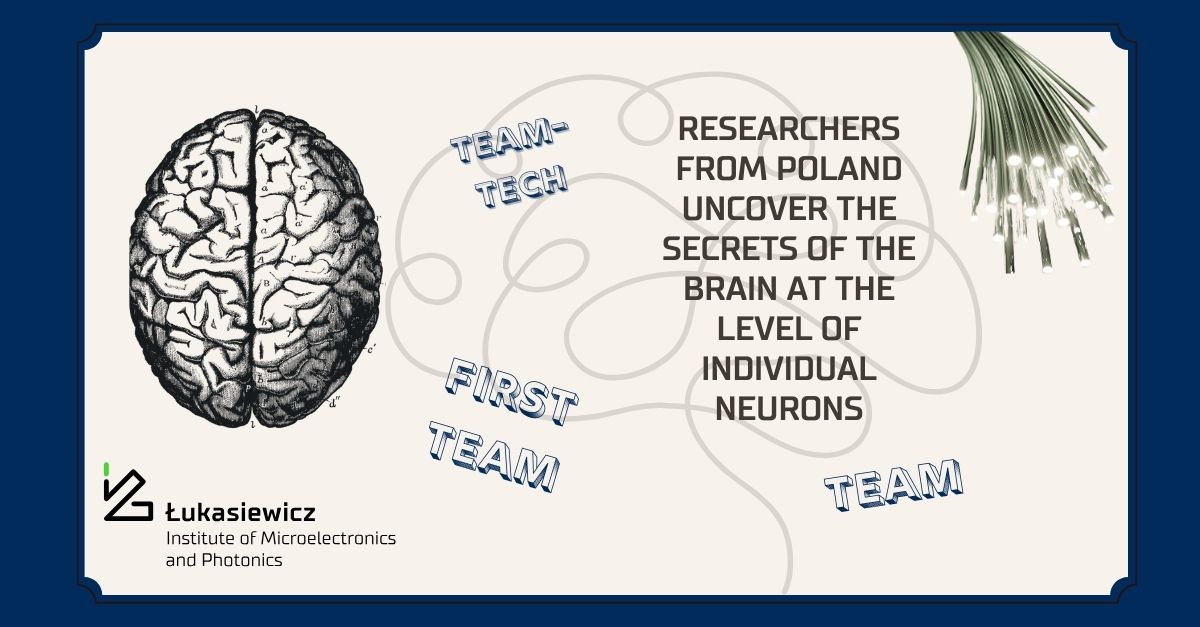Did you know that the human brain contains about 86 billion neurons and an equal number of glial cells? This shows how complex it is to unravel the mysteries of this organ, a task that will no doubt take us many many years.
Nowadays , research on the brain has become crucial, not only because of human health but also because of… money – public health agencies estimate that the costs associated with brain disorders can range from 4 to 8 percent of the GDP, depending on the country.
Fortunately, in Poland, BRAINCITY has been a leading research center in neurobiology for years, operating within the Nencki Institute of Experimental Biology of the Polish Academy of Sciences. It is where Scientists from Poland and all over the world are exploring a phenomenon called neuronal plasticity. led by Professor Leszek Kaczmarek – one of the leading researchers in neuroplasticity on the international stage.
Collaborating with the team of Professor Ryszard Buczyński from Łukasiewicz – IMiF and the group of Radek Łapkiewicz, PhD, from the Institute of Experimental Physics, Faculty of Physics, University of Warsaw, they have developed innovative optical fibers. Thanks to them, we can delve into the brain’s structures and observe which part of it is active and what’s more – it can be done in real-time.
Importantly, this observation focuses not on cell assemblies but on the activity of individual neurons, allowing us to understand better what happens in the brain at an even more detailed level!
The project focuses on developing innovative optical fibers that enable the study of neuronal plasticity, the brain’s ability to change as a result of experiences. These fibers enable the real-time observation of the activity of individual neurons, opening new perspectives for understanding the brain’s function at a more detailed level. The fibers were created at Łukasiewicz – IMiF. At the same time, their integration, characterization, and software were made at the University of Warsaw by the teams of R. Buczyński, R. Łapkiewicz, and L. Kaczmarek.
- “The challenge we had to overcome was to develop a fiber-optic cable that would collect the fluorescent signal emitted by single neurons in a fairly large area of the brain, located deep inside, without disturbing other brain structures. Disrupting them could impair the functioning of the area under study and distort the results. It required us to develop appropriate glasses, calculate the internal structure of the optical fiber, and manufacture it according to the design,” explains Prof. Buczyński.
The project lasted almost two years and was funded by the Foundation for Polish Science (FNP) as part of the projects: Prof. Leszek Kaczmarek’s TEAM, Prof. Ryszard Buczyński’s TEAM-TECH, and Dr. Radek Łapkiewicz’s FIRST TEAM. Additional funding was awarded through a competition announced by FNP, which stimulated cooperation between TEAM projects.


